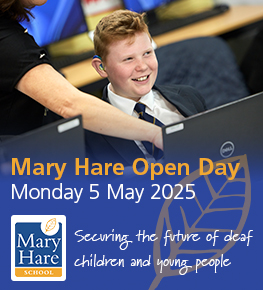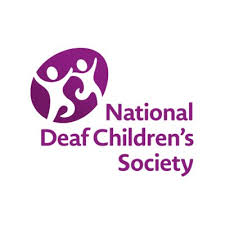2b. Communication and language in education
Deaf Children and Young People (DCYP) and families
- in partnership with others, support all professionals in the setting to communicate effectively and appropriately with their children
- know about a range of resources available to support literacy. eg Cued speech, colourful semantics, shape coding, visual phonics
- know how to access courses to further develop their language and communication skills, eg higher level BSL
- are involved in delivering deaf awareness training and supporting the setting to communicate effectively
- are aware of the tools and resources to ensure the communication, eg communication support workers (CSWs), working with interpreters.
- LIFE-R.pdf
- British Sign Language GCSE: Everything you need to know – The Education Hub
- BATOD Tier 2 Online Language Modification – BATOD
- Curriculum for Wales: British Sign Language (BSL) glossary – Hwb
- Royal Shakespeare Sign material for schools https://www.batod.org.uk/resources-to-make-shakespeare-accessible-for-deaf-students-provided-to-all-deaf-schools-in-the-uk/
- Adapted LIFE questionnaire for face masks relating to Covid-19 adjustments
- Signature qualifications
- SenCom Service – signs used in Wales
- Scottish Qualification Authority (SQA) qualification
- Scottish Sensory Centre: British Sign Language Glossary of Curriculum Terms
- BSL at university: A sign of change – Edinburgh Impact | The University of Edinburgh
Previous page
2a. Creating rich language home environments
Next page
2d. Technology for communication
Previous section
Section 1 – Deaf identity
Next sections
Section 3 Understand access to sound
Section 4 Social, emotional, physical, and mental health
Section 5 Manage change
Section 6 Preparation for adulthood
Section 7 Specialist assessment and monitoring




